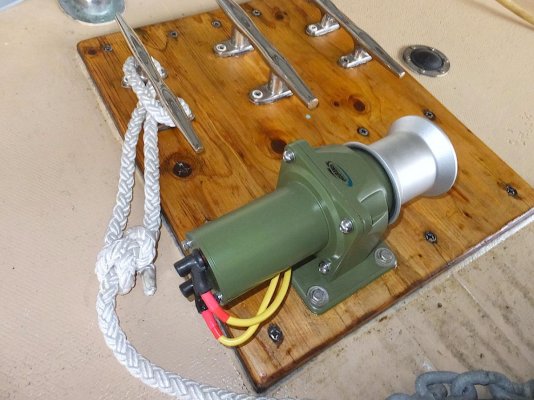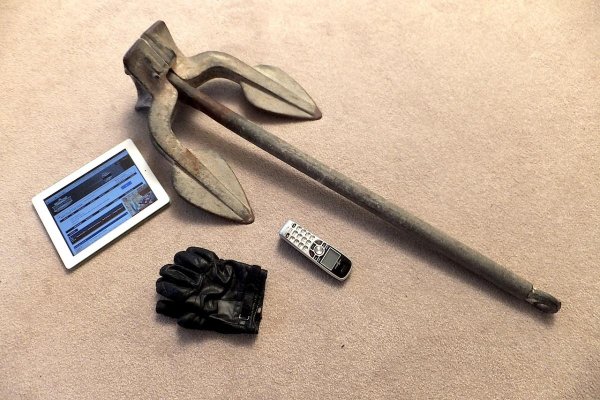Nomad Willy
Guru
Ventanna wrote;
“Here is where my opinion would differ. I think from a performance perspective there is absolutely no reason to use anything but all chain with a snubber. The negatives are weight in the bow or cost, but not performance.”
Let me express it better here.
If you put a heavy weight 1/4 of the way up the rode from the anchor the rode there will be lower at that point decreasing the angle of the rode to bottom at the anchor thereby increasing the effectiveness of the anchor. Elementary of course.
If you were to put a heavy weight 1/4 of the way down the rode from the bow roller the catenary or angle of the rode to the bottom would increase the angle of the rode to the bottom presumably decreasing the effectiveness of the anchor. Another way to look at this is to consider what the angle of the rode to bottom would be if there was only chain on the upper half of the rode.
If you think about the above you can see it’s true. The loss of catenary effect putting the weight high on the rode will be small and not worth considering regarding anchoring but it does show that theoretically there will be a very small loss in catenary effect having the weight high on the rode.
So if one substituted nylon line for the upper half of the rode it would be like lifting the rode at the 1/4 distance down the rode. This would let the weight of the chain on the lower half of the rode lower the rode producing a lower angle between the rode and the bottom .. at the anchor. Of course this would increase the effectiveness of the anchor.
But if one then was to increase the weight of the lower half of the rode by the weight of the upper half of the chain that got removed there would be a great increase in the effectiveness of the anchor. I just described a combination rode.
Thus I reason that the upper half of the all chain rode is not worth having as far as weight and catenary is concerned. This is why the combination rode is so much superior to all chain.
“Here is where my opinion would differ. I think from a performance perspective there is absolutely no reason to use anything but all chain with a snubber. The negatives are weight in the bow or cost, but not performance.”
Let me express it better here.
If you put a heavy weight 1/4 of the way up the rode from the anchor the rode there will be lower at that point decreasing the angle of the rode to bottom at the anchor thereby increasing the effectiveness of the anchor. Elementary of course.
If you were to put a heavy weight 1/4 of the way down the rode from the bow roller the catenary or angle of the rode to the bottom would increase the angle of the rode to the bottom presumably decreasing the effectiveness of the anchor. Another way to look at this is to consider what the angle of the rode to bottom would be if there was only chain on the upper half of the rode.
If you think about the above you can see it’s true. The loss of catenary effect putting the weight high on the rode will be small and not worth considering regarding anchoring but it does show that theoretically there will be a very small loss in catenary effect having the weight high on the rode.
So if one substituted nylon line for the upper half of the rode it would be like lifting the rode at the 1/4 distance down the rode. This would let the weight of the chain on the lower half of the rode lower the rode producing a lower angle between the rode and the bottom .. at the anchor. Of course this would increase the effectiveness of the anchor.
But if one then was to increase the weight of the lower half of the rode by the weight of the upper half of the chain that got removed there would be a great increase in the effectiveness of the anchor. I just described a combination rode.
Thus I reason that the upper half of the all chain rode is not worth having as far as weight and catenary is concerned. This is why the combination rode is so much superior to all chain.
Last edited:









